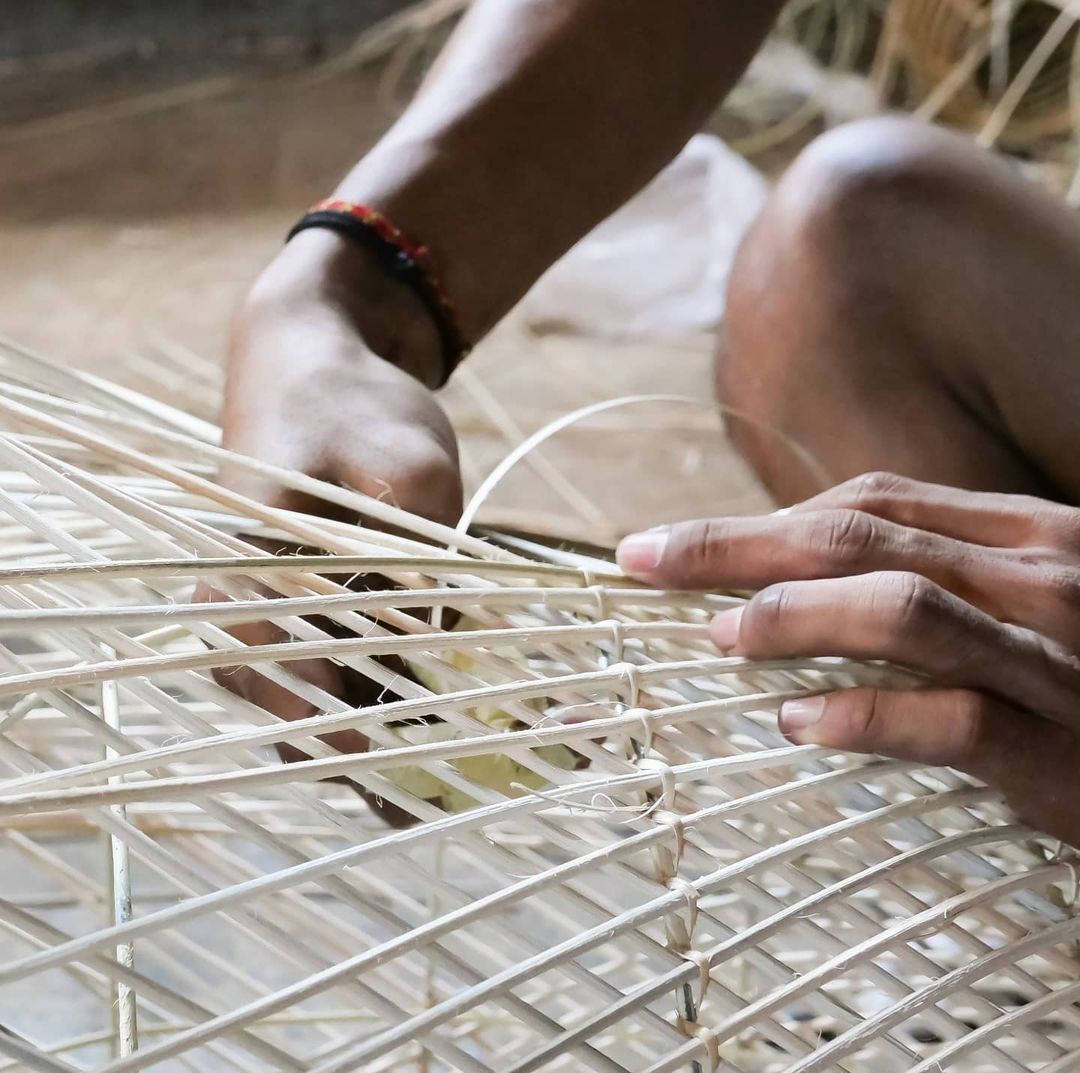Rattan Clean & care guide
This care guide is here so you can make the most out of your furniture. Ensuring it has a long lifespan, you'll need to know how to care for our products. With a range of products with varying levels of maintenance needed, this product care guide gives you all the tips and tricks to keep your furniture in pristine condition.
1.Use a handheld vacuum or a brush attachment to remove loose dust and soil. This will prevent excessive soil build-up in the weaving.
Removing Stubborn Build-Up
- Use a soft-bristled toothbrush to remove dust build-up in corners.
- Clean under cushions with the vacuum's crevice tool.
- Blast compressed air in tight areas to dislodge dust and dirt.
2.Use a toothbrush, cocktail stick or any other fine tool to remove dirt and mold.
3.Using a bowl of warm, soapy water,wipe it with cloth dampened with water.Do not over-saturate the rattan with water.
4.Allow to Dry.Unless the rattan is overly-wet, allow it to air-dry. If there is excess water, use a soft cloth to dry the furniture.
Instructions for Yearly Cleaning
Once a year, all cushions should be removed, the furniture inspected for problems, and the rattan conditioned. Before beginning the thorough yearly cleaning, follow the steps for weekly and monthly cleaning.
-
Inspect Rattan for Problems
Check for mold and mildew, which usually occurs on the lampshade.

-
Remove Mold and Mildew
If there is mildew present, mix a solution of equal parts chlorine bleach and water. Wear protective gloves and dip a soft cloth in the bleach solution and apply to the area. Try not to saturate the rattan. Move the piece outdoors into the sun to dry as quickly as possible.

-
Condition the Rattan
After dusting, treating stains, eliminating any mildew, and cleaning with detergent suds, allow the rattan to dry completely. Once dry, dip a clean, soft cloth into boiled linseed oil to condition the rattan.
Starting at the top of the piece of furniture to prevent drips, wipe down the rattan with the oil. The oil will add moisture to the fibers to help prevent breakage. Allow the piece to dry completely for at least 48 hours before replacing cushions.
Tip:

Avoid direct exposure to the sun
The second key to garden furniture protection is minimizing its exposure to the sun's harmful UV radiation. The same energy which can give you a sunburn can bleach or even weaken the material of your garden furniture. This is especially true for synthetic, plastic-based materials but holds true even for natural rattan.


